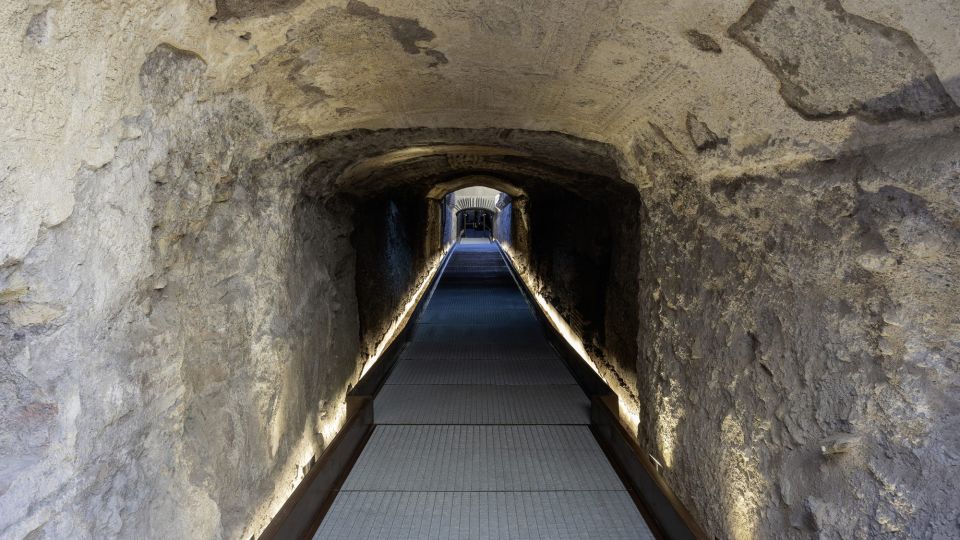This week’s CNN Travel newsletter highlights intriguing travel stories, including:
-
Poland’s Nazi Labyrinth: Beneath Pnieło lies Ostwall, a vast 20-mile network of Nazi tunnels and combat facilities, abandoned in 1945. Once occupied by “Bunker People” in the ’80s and ’90s, it now hosts approximately 40,000 bats and has become a dark tourism site with accessible tunnels at the Międžiżeci Fortress Regional Museum.
-
Rome’s Commodus Passage: A 2,000-year-old tunnel used by Roman emperors, the Commodus Passage, will be opened to the public. Named after Emperor Commodus, it is linked to his assassination attempts and dramatic history.
-
London’s Cold War Spy Maze: A mile-long WWII tunnel is undergoing renovations to become a major tourist attraction by 2028. It served as a civilian shelter and later housed Britain’s Special Operations Executive, inspiring James Bond’s Q Branch.
-
Ghost Towns in Türkiye: The abandoned village of Kayakoy, once home to over 10,000, stands as a haunting reminder post-Greco-Turkish War, now attracting visitors with its eerie beauty.
-
Ruins of Babylon: Once a breathtaking city in Mesopotamia, the ancient ruins of Babylon can still evoke the majesty of its past, though they lie in disrepair.
- Haunted West Virginia: The Trans-Allegheny Asylum, known for its troubled past, now offers tours exploring its history and paranormal lore, highlighting the complex legacy of psychiatric hospitals in America.
The newsletter also includes intriguing side stories, focusing on cultural phenomena and historical curiosities.


